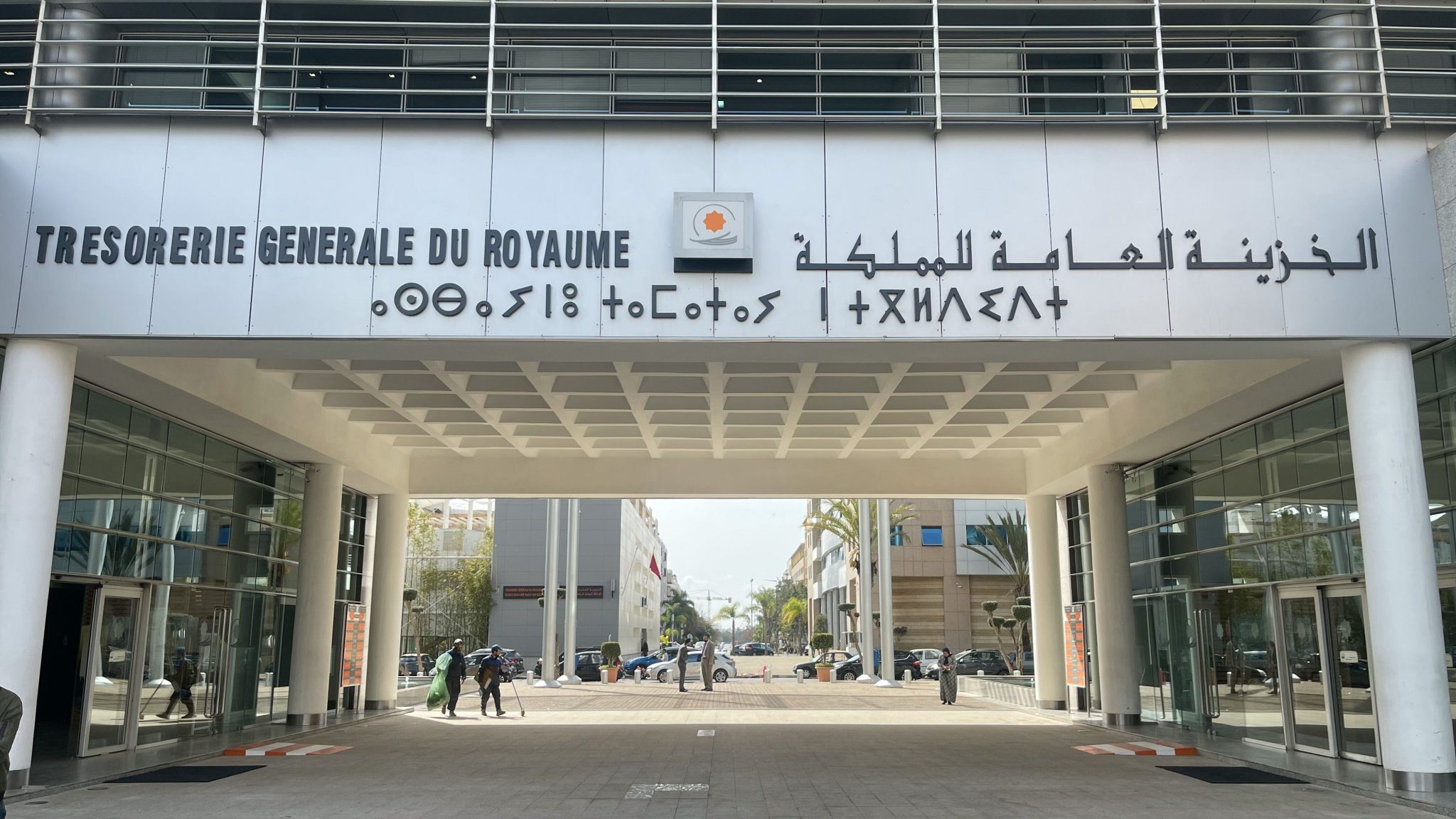Morocco’s Fiscal Slack Begins Tightening Market Spreads
Morocco’s nine-month deficit nears $5.4bn as Brent (BZ=F) holds high-$80s; steady dirham (MAD=X), 2.25% policy rate, and 2.9% 10-year yields cushion funding, but debt near 70% of GDP keeps term premia sensitive to execution risk.

Morocco’s fiscal position deteriorated markedly by end-September 2025, with the Treasury shortfall widening to MAD 50.5 billion, roughly $5.0–5.4 billion at prevailing rates, nearly double the MAD 26.6 billion recorded a year earlier. The gap opened despite a cyclical upswing: real GDP growth is tracking near 4.6% for 2025 after about 3.8% in 2024, while headline inflation has cooled toward 1% year-to-date. The signal is structural rather than cyclical. Policy has leaned counter-cyclical to lock in the recovery and protect real incomes, but the cadence of spending and the timing of non-tax inflows have pulled cash needs forward faster than revenues can adjust.
Three channels explain the deterioration. Energy-linked support remained sticky as Brent held in a high-$80s range through the third quarter, sustaining compensation and transport-related outlays. Public investment in industrial platforms, logistics corridors, and social infrastructure was front-loaded, lifting capital commitments ahead of full project absorption and tax buoyancy.
One-off inflows lagged plan, with privatization receipts and state-enterprise dividends underperforming calendar assumptions. Tax revenues increased mid-single digits year-to-date, but the elasticity to nominal growth undershot the step-up in expenditure, compressing the primary balance as Morocco entered the seasonally heavy fourth quarter.
Market transmission has been orderly but visible. Morocco’s 10-year local-currency yield hovered around 2.9% in mid-October, up modestly from early-third-quarter prints, as gross issuance rose and investors demanded a measured term premium. The policy rate at 2.25% anchors the front end and limits pass-through to funding costs, helping preserve debt-service affordability.
The dirham traded steadily within the fluctuation band, supported by reserve assets of roughly MAD 417–421 billion—about five months of import cover—and resilient remittances and tourism receipts. The current account deficit remains manageable near 2.3% of GDP, but the fiscal–external nexus is sensitive to the commodity path and harvest outcomes; another adverse energy or agriculture shock would widen the external financing requirement and test the currency band.
Debt dynamics require vigilance. General government debt is hovering around the 70%-of-GDP zone for 2025. With the nine-month deficit equivalent to roughly 3.5–4.0% of GDP, the stock-flow balance implies a mild upward drift absent fourth-quarter restraint or revenue over-performance. The interest bill remains contained given the term structure and disinflation, yet continued front-loading would lift gross financing needs and raise the risk of crowding out private credit formation. In a low-inflation environment, targeted infrastructure and social spending can carry positive near-term multipliers, but persistent borrowing tightens the intertemporal budget constraint and increases the volatility of required issuance premia across the curve.
Policy credibility is intact but now depends on execution. A credible glidepath to narrow the primary gap—through subsidy rationalization as energy prices normalize, VAT base-broadening, improved tax compliance, and a realistic, phased divestment calendar—would stabilize the debt ratio and cap term premia. Failure to deliver would price into a wider sovereign risk premium, pushing the 10-year above its recent 2.8–3.0% range, flattening bid-to-cover ratios at auctions, and raising rollover risk into 2026. The monetary stance reduces the probability of a policy clash, but it raises the premium on Treasury discipline to prevent duration and liquidity premia from ratcheting higher.
The forward test is measurable and time-anchored. By June 2026, a sustained 0.5 percentage-point improvement in the rolling 12-month primary balance and a 15–20% year-on-year reduction in compensation spending would confirm consolidation. Auction metrics should show bid-to-cover consistently above 2.0x at the five- and ten-year points with limited tails; reserve assets should remain near five months of imports while the dirham (MAD=X) stays within the managed band despite seasonal FX demand.
If nominal growth holds near 6–7% and the 10-year yield remains contained below 3.1%, debt can stabilize below 70–72% of GDP in 2026 with the headline deficit trending toward 3.5%. If these conditions fail, issuance costs will rise, the curve will steepen, and consolidation will be deferred into a less forgiving global rate backdrop—especially if oil (BZ=F) re-tests triple digits.





